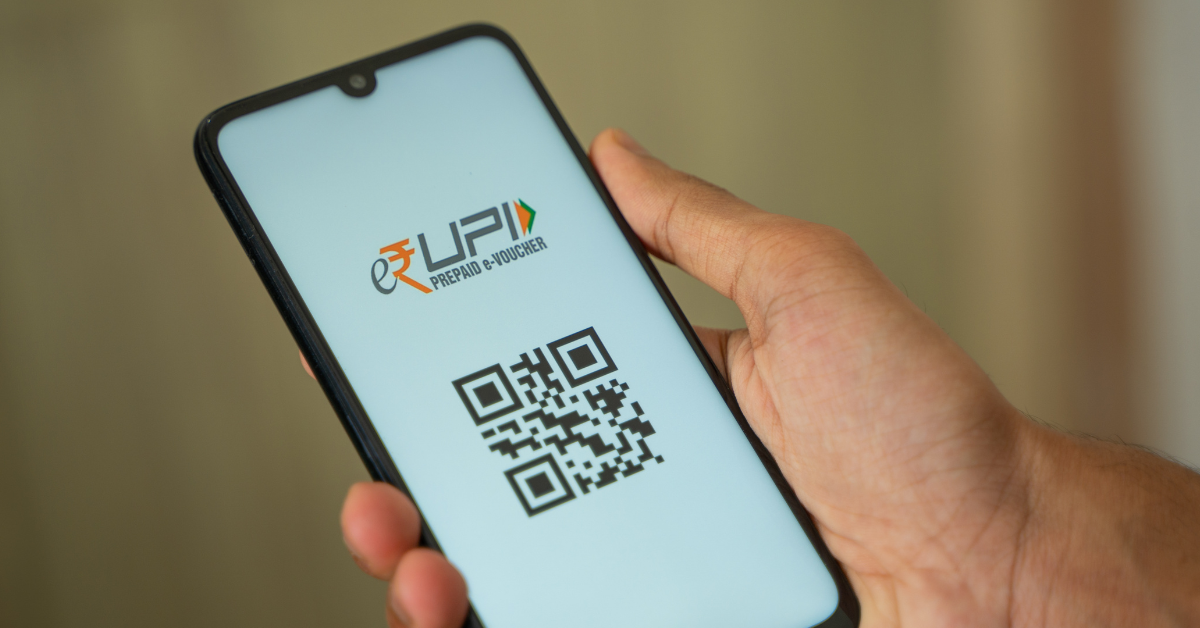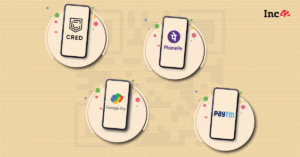For credit card issuers, MDR is one of the major ways to earn money as credit cards have 2-3% MDR
As it is not clear yet if MDR would be charged for usage of credit cards through UPI, there are questions around the business model
The integration with UPI may also open up opportunities for various UPI-linked credit facilities
In a potentially revolutionary move, the Reserve Bank of India (RBI) recently announced that it would allow linking credit cards with the Unified Payments Interface (UPI). While the move is expected to boost credit card utlilisation, there are still many questions about its implementation, especially regarding the Merchant Discount Rate (MDR).
The MDR is the charge paid by the merchants to the card issuing banks for card transactions.
For credit card issuers, the MDR has been one of the major ways to earn money as credit cards have 2-3% MDR. In a sharp contrast, the MDR fee for usage of debit cards on the UPI was waived off in 2020. As it is not yet clear if the MDR would be charged for usage of credit cards through the UPI, there are questions around the business model.
MDR A Deciding Factor
The credit card industry’s business model is based on MDR and interchange – that is what covers the 45 day interest free period and the cost of servicing the merchant, transaction fraud, among others, Sanjay Swamy, managing partner of Prime Venture Partners, explained.
Hence, it needs to be seen how the business model will work and who will pay. “If the merchant is paying, then how will merchants sign up for this? If the merchants are the ones bearing the fees, we have to keep in mind merchants are not usually willing to do so,” Swamy said.
“It needs to be examined if there’s even a business model if there is no MDR,” he added.
One of the reasons for the success of the UPI has been zero MDR charges. While there is no MDR charge for Rupay debit cards, its credit cards have lower MDR charges compared to Visa and Mastercard.
“Thus, in the event UPI through credit card has any MDR (vs no MDR on debit UPI), we remain uncertain about the uptake of this product outside of the existing merchant base that uses POS devices (and pays MDR on card transactions),” Goldman Sachs said in a report.
Credit Card Adoption To Go Up Despite All The Odds
It is not clear if the rules for MDR will be different for UPI payments using credit cards as compared to usual credit card payments. As per the Goldman Sachs report, there is a possibility that MDR on credit card usage through UPI will be capped at a lower rate to encourage adoption, especially for transactions with lower ticket size.
According to the report, credit card volumes grew at a CAGR of 15% to reach $130 Bn in FY22, as against $97 Bn in FY20. It is expected to grow at a 22% CAGR to reach $285 Bn at the end of FY26 without UPI integration.
However, every 5% of incremental credit card transaction volume due to UPI integration will equate to $38 Bn in additional annual credit card volumes, or $760 Mn in additional MDR pool, if MDRs are in line with current credit card MDRs, the report added.
As the facility will be available only for Rupay cards to begin with, Swamy is of the view that it’s a good way to test the service as the credit card market is a very “controlled market”. He also added that since it’s starting with Rupay, more public banks may also start issuing Rupay cards.
“…Rupay can be virtual also instead of plastic, such as Rupay credit card attached to Visa card. However, I believe it will start with Rupay and expand to other cards,” he said.
Meanwhile, Citi Research in a report said that the move to link credit cards with UPI will lead to higher acceptance of credit cards.
“While merchant adoption will need to be watched, this move (when extended beyond Rupay) can sharply improve acceptance networks for credit cards (both virtual and physical) given UPI-QR code penetration (50%) vs PoS device penetration (<5%),” it said.
Integration Opens Up Opportunities For More Innovations
The integration of UPI with credit cards can also lead to much more innovations in the coming days.
“We should go beyond credit cards. The beauty of UPI is that it can actually be extended to different forms of credit. For example, a low-value UPI line of credit, B2B credit, working capital credit, etc. I would like to see some more openness to these sorts of opportunities,” Swamy said.
As UPI has become one of the most inclusive digital payment methods in the country, the credit disbursal process can be made simpler with UPI integration. Through integration, different types of lenders can disburse credit at low cost.
The adoption of UPI continues to rise in the country. UPI transactions rose from 461.7 Cr in January to 595 Cr transactions worth INR 10.4 Lakh Cr in May. Dominated by Google Pay, PhonePe, Paytm, the UPI ecosystem now has another contender, Meta-owned WhatsApp Pay.
Meanwhile, on the pricing issue for UPI-credit card linkage, RBI Deputy Governor T. Rabi Sankar said on Wednesday that it will be decided later.
“How the pricing of that will work out, we will have to see because pricing is something that the banks will have to do, that the system entities will have to do. At this point, we will introduce the arrangement. Pricing, we will see how it goes,” Shankar said.
The RBI is not worried about pricing for now, but the MDR charges will play a big role in deciding the outcome of this integration. If successful, it not only has the potential to give a further boost to UPI usage but also increase the acceptance of credit cards in the country.










